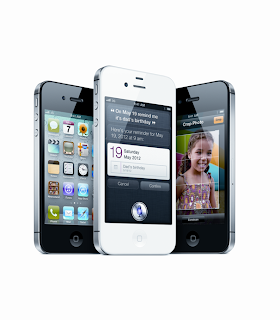1. What is a keylogger?
A keylogger, sometimes called a keystroke logger, key logger, or system monitor, is a small program that monitors each keystroke a user types on a specific computer’s keyboard. Using a keylogger is the easiest way to hack an email account. A keylogger program can be installed just in a few seconds and once installed you are only a step away from getting the victim’s password.
2. Where is the keylogger program available?
A keylogger program is widely available on the internet. Some of the best ones are listed below
SniperSpy
Win-Spy
3. How to install it?
You can install these keyloggers just as any other program but these things you must keep in mind. While installing, it asks you to set a secret password and a hot key combination. This is because, after installation the keylogger program is completely hidden and the victim can no way identify it. So, you need the Hot Key combination and secret password to later unhide the keylogger.
4. Once installed how to get password from it?
The hacker can open the keylogger program by just pressing the hot keys (which is set during installation) and enter the password. Now it shows the logs containing every keystroke of the user,where it was pressed, at what time, including screenshots of the activities. These logs contain the password of the victim’s email account.
5. I don’t have physical access to the victim’s target computer, what can I do?
It doesn’t matter whether or not you have physical access to the victim’s computer. Because keyloggers like SniperSpy and Win-Spy offers Remote Installation Feature. With this feature it is possible to remotely install the keylogger on the victim’s PC.
You can attach the keylogger with any file such as image, MS excel file or other programs and send it to the victim via email. When the victim runs the file, it will automatically get installed without his knowledge and start recording every activity on his computer. These activities are sent to you by the keylogger software via email or FTP.
6. What if the target user (victim) refuses to run the attached file?
Sometimes the victim may refuse to run the attachment that you send via email because of suspicion.
7. How can a keylogger hack the Email password?
Hacking an email password using keylogger is as simple as this: You install the keylogger on a Remote PC (or on your local PC). The victim is unaware of the presence of the keylogger on his computer. As usual, he logs into his Email account by typing the username and password. This username and password is recorded and sent to you via Email. Now you have the password of your target email account.
In case if you install the keylogger on your local PC, you can obtain the recorded email password just by unhiding the keylogger program (use your hot key and password to unhide).
8. Which Keylogger is the best?
Both the keyloggers mentioned above are the best for email hacking. However I recommend SniperSpy as the best for the following reasons.
1. Sniper Spy is more reliable than Win-Spy since the logs sent will be received and hosted by SniperSpy servers. You need not rely on your email account to receive the logs.
2. Unlike Winspy, Sniperspy doesn’t require anything to be installed on your computer. To monitor the remote PC all you have to do is just login to your SniperSpy account from your browser.
3. SniperSpy is more easy to use and faster than Winspy.
4. SniperSpy offers better support than WinSpy.
5. SniperSpy has got recognition from media such as CNN, BBC, CBS, Digit etc. Hence it is more reputed and trustworthy.
Apart from the above mentioned reasons, both SniperSpy and WinSpy stands head-to-head. However in my opinion it’s better to go for SniperSpy since it is the best one. I have tested tons of keyloggers and the only two that stood up were SniperSpy and Winspy.
So what are you waiting for? If you’re serious to hack an email account then go grab either of the two keyloggers now!







 If you need to store lots of data securely on your USB drive then it makes sense to password protect the complete drive.
If you need to store lots of data securely on your USB drive then it makes sense to password protect the complete drive.
